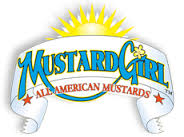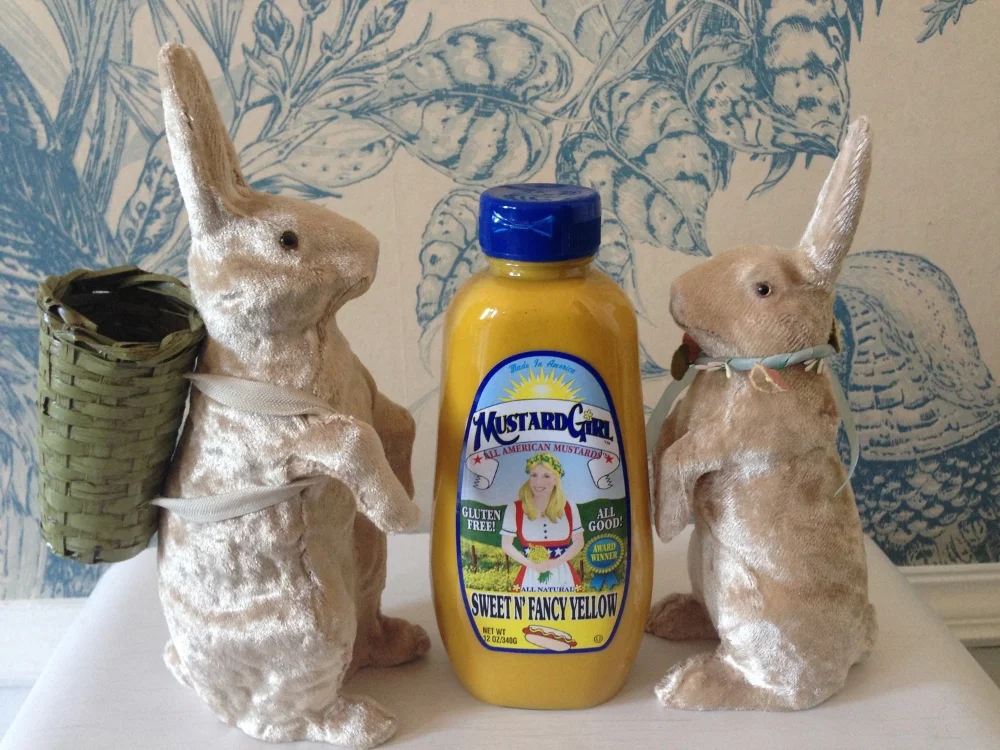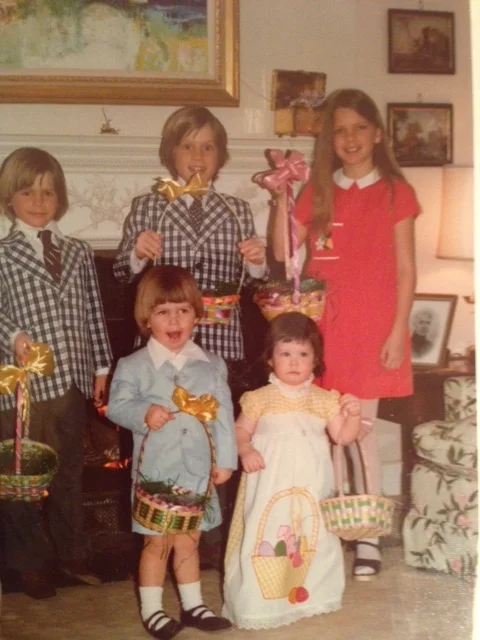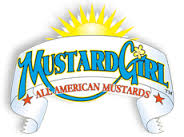It's Easter Week
/IT'S EASTER WEEK!
Easter is one of my favorite celebrations. I grew up in the Midwest, so I always associate it with the end of a long winter and the arrival of sunnier days, with a whisper of joyful Spring just around the corner. I also love all the rituals surrounding this time of rebirth. Here are a few of my favorite traditions from around the world:
Påskägget
Swedes don’t believe in the Easter Bunny, but they do believe in the importance of the Easter egg, which is a symbol of death and resurrection. (The shell symbolizes a tomb. The chicken growing inside is a symbol of the new life that breaks free of the tomb.) To celebrate Easter, a Swedish child receives a påskägget (Easter egg). It’s usually made from either paper or plastic and is decorated with pictures of chickens and filled with candy.
Semana Santa
Towns all over Latin America celebrate Holy Week, or Semana Santa with processions that are experienced by the entire town. One of the most famous celebrations takes place in Antigua, Guatemala. The marchers in the parade walk over intricate Alfombras, which are carpets made of colored sawdust. When the pattern is complete, they are decorated with flowers. Families, businesses, and organizations take weeks to work on the designs, only to see them ruined by the processions in a matter of minutes.
Easter Egg Tree
In Germany, one way to celebrate Easter is to decorate trees and bushes (or cut branches that are brought inside) with mouth-blown Easter eggs that are individually decorated.
Easter Basket
According to German folklore, it was customary to take baskets of early seedlings to the fertility goddess Eostre (or Oestre), who carried a basket of eggs, to increase the chance of a good harvest. As this tradition developed in Germany, a white hare would leave Easter baskets filled with candies and brightly colored eggs for children on Easter morning. When German settlers moved to U.S., the hare turned into a bunny. That’s Mustard Girl in the photo, showing my early love for the color yellow, making sure my cousins don’t get anything from my Easter basket.
Fassika
The Ethiopian Easter Festival is called Fasskia. During Lent, Christian Ethiopians abstain from eating any animal products, including meat and all types of cheese, yogurt, and milk. On Easter morning, Ethiopians eat special sourdough bread called Dabo, which is eaten at every holiday. A priest or the man of the house says a prayer over the uncut bread. Then a slice is offered to everyone.
Deviled Eggs
Sure, deviled eggs are associated with summer holidays like July 4th. But I love them at Easter celebrations, too. Here’s my favorite recipe:
Mustard Girl Fancy Deviled Egg Recipe
- 6 eggs
- 1⁄4 cup mayo (do not use Miracle Whip)
- 3 tablespoons Mustard Girl Sweet N Fancy Yellow Mustard
- 1 tablespoon pickle relish, sweet
- 1 teaspoon apple cider vinegar
- 2 teaspoons vidalia onions, finely diced
- 2 dashes of cayenne pepper
- 1 dash of salt and
- 1 dash of ground pepper
- 1 teaspoon Hungarian Paprika
- Garnish with 1 tablespoon chopped Parsley over finished Eggs
Directions
- Hard boil eggs. I place the eggs in cold water in a pot, bring it to a boil and continue to boil for 2 minutes. Then I remove from heat and cover for 7 minutes. Rinse under cool running water to keep the yolk from turning dark. Tap the eggs to make peeling easier, and peel them while they are still warm. Cut them in half lengthwise, placing the yolk in a separate bowl.
- Place the egg yolks, mayonnaise, mustard, pickle relish, apple cider vinegar, onion, and cayenne, salt and pepper to taste in a bowl. Mix well.
- Spoon the yolk mixture into the egg-white halves neatly, filling the inside. Sprinkle the top with paprika for color and garnish with parsley.
Cheers and Happy Spring to All!
XO~MG







